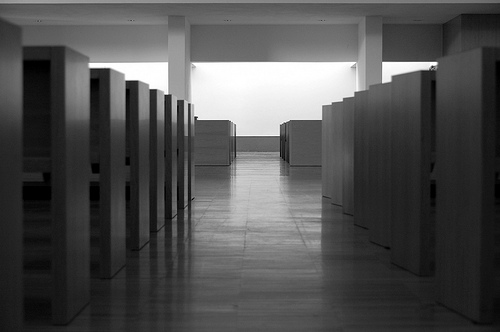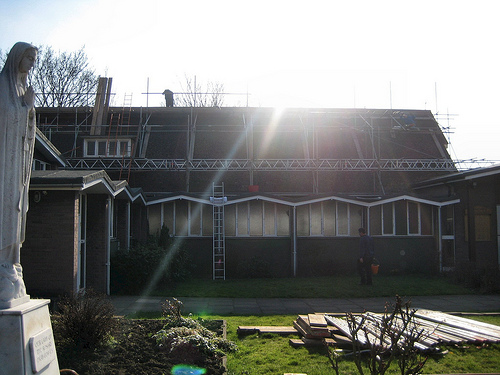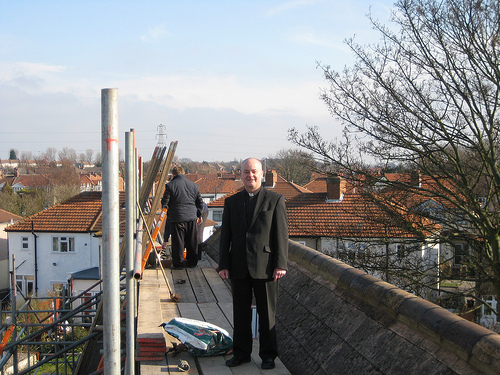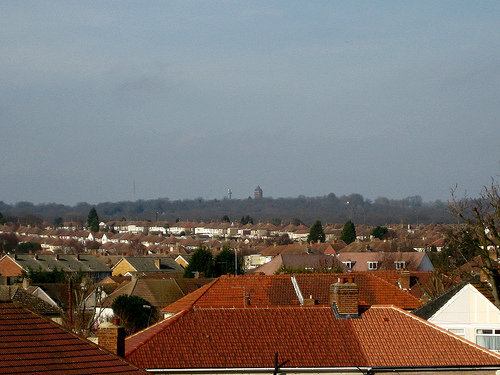Congratulations to
Benedictus, the Society for the Promotion of the Traditional Mass in Croatia. Tomorrow morning at 11.30am they have the first traditional Mass since
Summorum Pontificum, arranged at the Church of St. Martin in Zagreb. The Mass is scheduled to be said there at the same time every Sunday and Holyday from now on. 11.30am in Croatia is 10.30am in England so I will be celebrating the traditional Mass at the same time and will remember them at the altar.
This development in Croatia has been followed at the Rorate Caeli blog (
The PCED intervenes in Croatia) which reported on
correspondence with the Diocese of Zagreb and the PCED, available in the original Croatian and in English translation.
Thanks to a constructive intervention on the part of the PCED, and the co-operation of the Archbishop of Zagreb,
Josip Cardinal Bozanić, the diocese of Zagreb has followed the provisions of
Summorum Pontificum in response to the petitions of a stable group
. Auxiliary Bishop Šaško has been given responsibility for ensuring that the legitimate demands of the faithful are met in accord with the Motu Proprio and Father Vitkovic will celebrate the Mass in St Martin's, which is conveniently located for the faithful. Great care has been taken by those responsible for the arrangements to provide materials to enable people to follow the Mass with understanding, and reverence.
Cardinal Bozanić, was formerly Bishop of Krk. The main liturgical language there used to be Old Croatian. This is also referred to as Old Slavonic, but should not be confused with the Old Church Slavonic used by the Orthodox Slavs. The script of the language was "glagoljica": the letter "B" is in the centre of the stamp of
Benedictus (
see above.)
When Mass was said in this language, it was obviously archaic but could be understood - though many people could not read the script. The use of Old Slavonic in the Roman rite long predates the Council of Trent which permitted it to continue. The singing which accompanied it originated in the time of Saints Cyril and Methodius in the 9th century.
This much loved ancient custom continued until the second Vatican Council when the language was replaced by modern Croatian. Many of those involved in the traditional movement in Croatia would like to restore the Old Croatian use it in the areas where it once flourished. A 10th century protagonist of the use of Old Slavonic was bishop Grgur Niski (Gregory of Nin). Visitors to Split can see his statue (
right), the work of Ivan Meštrovic, in front of the Northern Gate of the palace of the Roman Emperor Diocletian.
The Old Croatian use could be cited as a precedent for the use of the traditional Mass in an older form of English by the parishes of the Ordinariate of Our Lady of Walsingham.












































